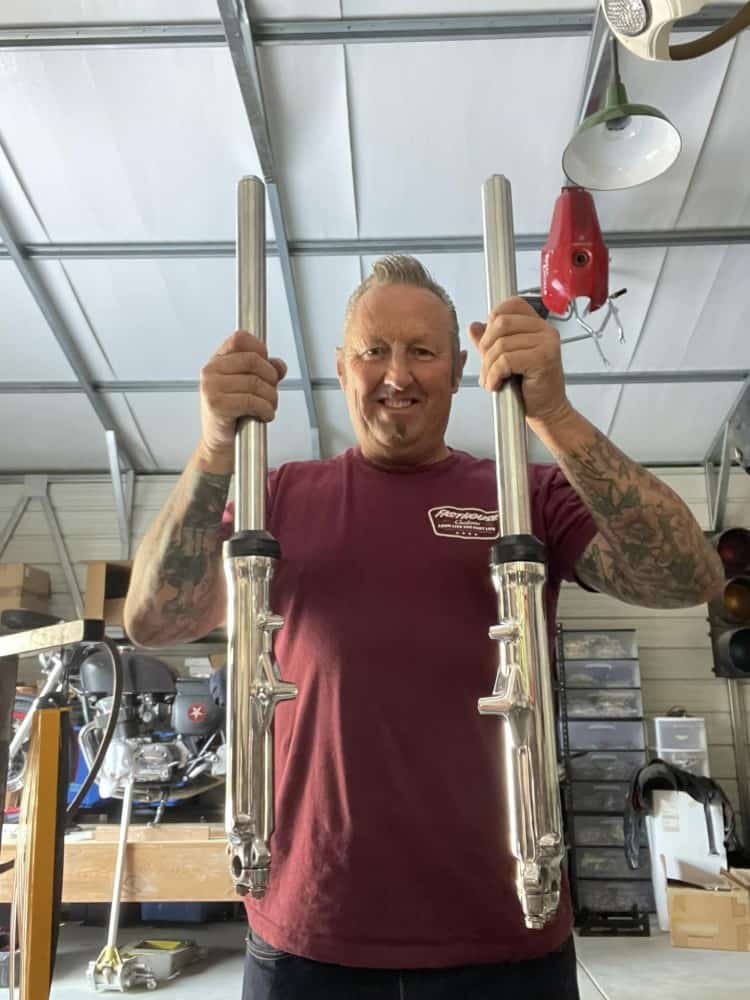For many years I have rebuilt my own forks, and the transformation is so abundant, I wanted to share what I do in the Barn with you lot and maybe you can have a go at resurrecting your own set? These tired front forks came off a 1974 CB750 K and Customer wanted Rebuilt and […]
-
-
- Home
- Meet Carpy
- Carpy’s Café Racers
- The Hot Tamale / HTML – Honda CB750
- The Rice Boiler – Honda CB750
- Tenacious Ton – Honda CB750
- Seoul Motion – Honda CB750
- Russ Collins Special – Honda CB1000
- The Lunsford – Honda CB750
- The Nut Basher – Honda CB750
- The Cosmic Cafe – Honda CB750
- The Cosmic Cafe – Honda CB750
- The Speedmaster – Honda CB750
- G.C.R. – Honda CB750
- The Revolver – Honda CB750
- The Cyclone – Honda CB750
- Shop Our Store
- Reader’s Rides
- Blog
-
-

